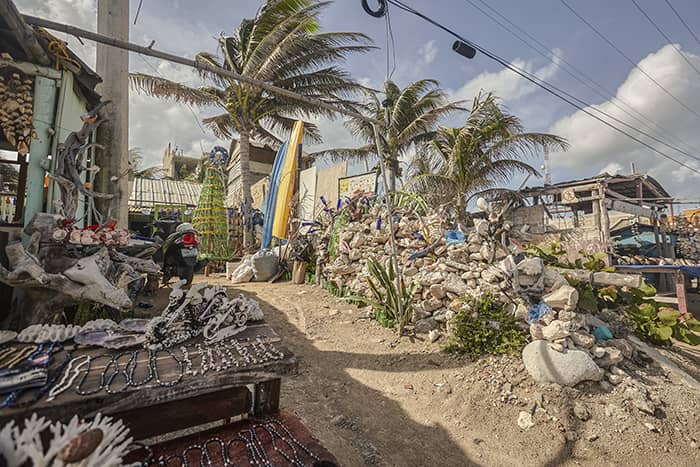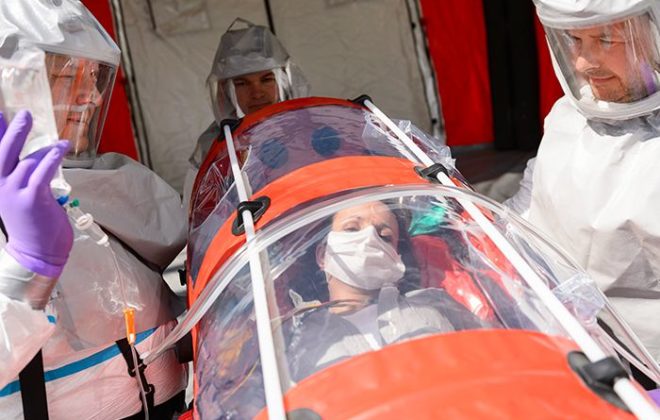Up to 600k people were without power in Louisiana due to Hurricane Laura
Hurricane Laura, weakened from its powerful Category 4 status when it made landfall, left catastrophic damage and thousands without power along the U.S. Gulf Coast overnight, killing at least four people in Louisiana after making its way inland Thursday and moving north along the Texas state line. Downgraded to a tropical storm, the storm was packing wind speeds of 50 miles per hour by early Thursday evening.
The storm made landfall as a Category 4 hurricane around 1 a.m. Central Time near Cameron, Louisiana. While the storm made landfall just outside the Texas border in Louisiana, extreme winds from the storm extended well beyond the hurricane’s eye.
Between midnight and 4 a.m. Central Time, peak wind gusts of up to 132 miles per hour were recorded in Louisiana, and gusts as high as 90 miles per hour were recorded on the Texas-Louisiana border. Further inland in Texas, gusts as high as 73 miles per hour were recorded.
The storm was forecast to become a tropical depression by Thursday night and cross Louisiana into Arkansas. Winds with tropical-storm-force were expected in eastern and southeastern Arkansas on Thursday evening, and 3-7 inches of rain were forecast for the central part of the state.
Warnings and watches for the Texas coast were canceled and officials began lifting mandatory evacuations in Texas, allowing residents to return to their homes.
The storm-battered Louisiana with life-threatening storm surges, damaging winds and rainfall spreading inland. Water levels were elevated across the coast in Texas and Louisiana, with floodwaters not expected to recede for days where the surge penetrated farther inland.
Up to 600,000 people were without power in Louisiana.
Louisiana Gov. John Bel Edwards said at least four people were killed in the state. Edwards said that while extreme winds lashed the state, the storm surge did not rise to the dangerous levels forecast but that there was still extensive damage.
Flash flooding is expected to continue in Louisiana, Mississippi, and Arkansas. Heavy rains and flash flooding are forecast to spread farther northeast as the storm moved toward the mid-Atlantic.
Photos posted on social media showed homes and buildings with broken-out windows and partially flattened structures. Lake Charles, Louisiana, appeared to be badly hit by the storm.
As the storm moved through the area, debris and glass were reportedly flying around in Lake Charles. Photos and videos showed the Capital One Tower, the main glass structure, with several windows completely broken out.
In Port Arthur, Texas, photos and videos showed downed trees and light poles.
Weather officials warned that storm surges and coastal flooding are expected, especially west of the mouth of the Mississippi River, and heavy rain and gusty winds are possible within any bands that move over the area.
The storm is expected to move over Arkansas on Thursday night before reaching the mid-Mississippi Valley on Friday and the mid-Atlantic on Saturday, according to its latest projected path.




